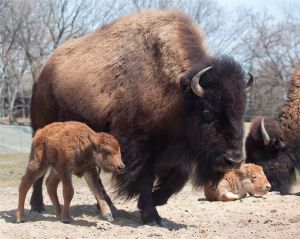This is a letter from the Canadian Association of Zoos and Aquariums, in response to concerns from a small group of concerned citizens regarding the necessity of zoos, and is reprinted with permission.
ZOOS IN OUR WORLD
It’s been argued that zoos and aquariums are no longer relevant.
To the contrary, today’s accredited zoos and aquariums are needed more than ever to help Canadians connect with our natural world. We live in a world beset by environmental problems, with animal species disappearing at an alarming rate. Climate change is wreaking havoc with natural systems. On top of all this, our urban lifestyles have divorced Canadians from the realities of the animal world.
Our accredited zoos and aquariums are no longer the archaic pens holding sad animals in prison that have been justly criticized in the past. They conduct active programs of species survival and research and conservation, both at their facilities and in the field. They deliver education programs in their communities. Most of all, they are all required to deliver the best in care for the animals they are responsible for.
Today’s zoos and aquariums are often the only, and the best opportunity for urbanites – particularly youth – to establish a connection with the natural world of animals. Sadly, many of us will never experience the joy and wonder of encountering animals in their natural habitat, but the next best option is to get to know them up close and personal in a modern zoo. If you’ve had the good fortune to spend time in an accredited zoo or aquarium and have seen the sense of awe and wonder on the faces of youngsters meeting a big cat, a polar bear, a sea otter for the first time, you’ll know what this is all about.
Zoos and aquariums are supported by committed volunteers, members and donors and importantly, they’re vital contributors to our economy.
Despite the most committed and professional care by staff, deaths do occur. They happen in the real world, and they happen in zoos and aquariums; that reality cannot stand in the way of carrying out our mission – connecting Canadians to nature.
Bill Peters
National Director, Canadian Association of Zoos and Aquariums

